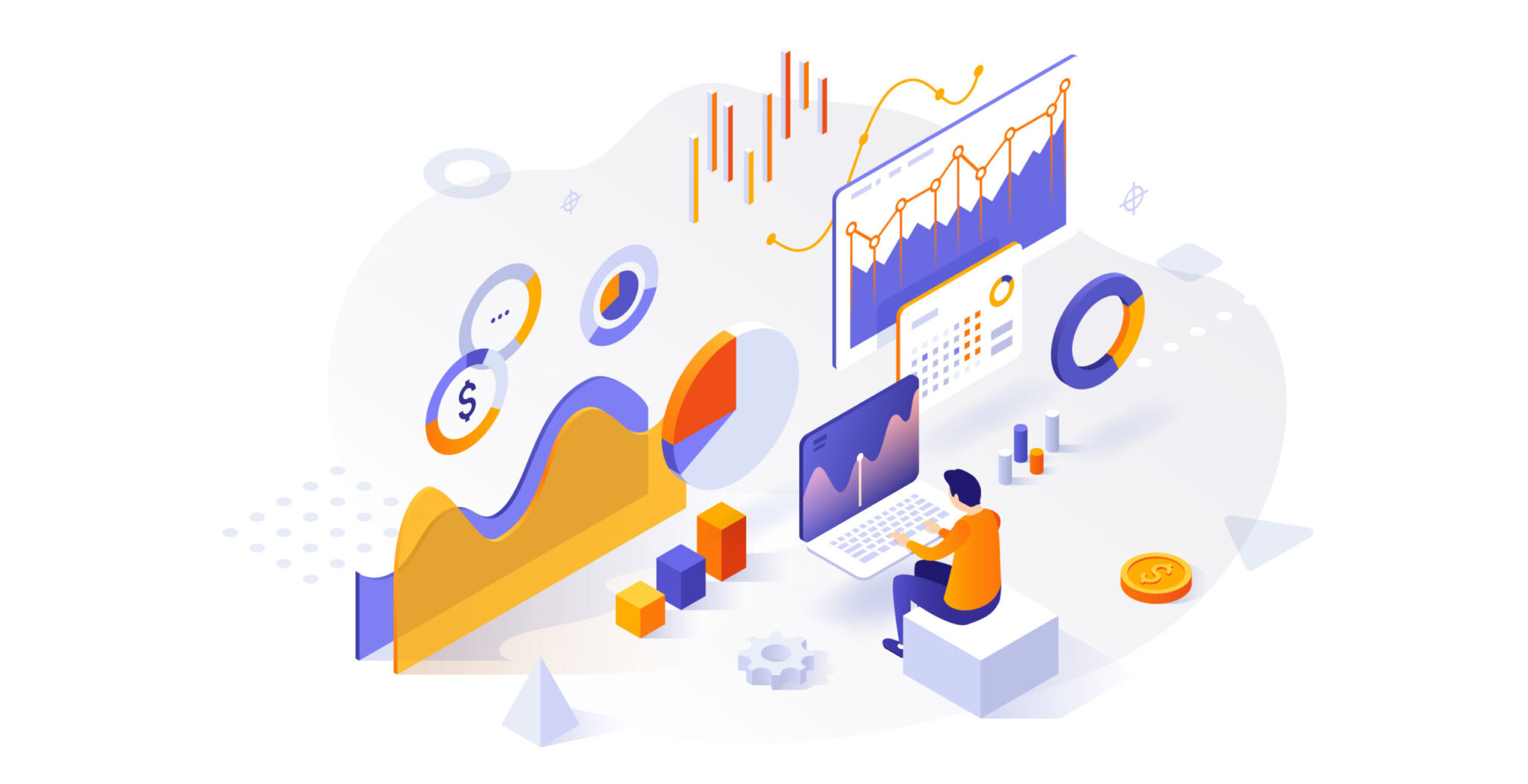TABLE OF CONTENTS
AI in procurement is enhancing the hardware industry by streamlining component acquisition and revolutionizing product design and construction. By automating repetitive tasks such as circuit layout, material selection, and extensive testing, AI frees engineers to focus on more creative pursuits and speeds up the development cycle.
Integrating AI across various platforms manages everything from sourcing and purchasing electronic components to inventory management and shipping parts to manufacturing. This use of AI helps clean and standardize data, providing actionable insights that make component procurement more predictable and efficient.
This article highlights the significant impact of AI on component procurement, emphasizing how it enhances sourcing strategies and offers a glimpse into future advancements.
Where are we with Hardware Procurement?
The global hardware supply chain, scarred by the early days of the COVID-19 pandemic, has undergone a significant transformation. Initial shortages and scrambling for essential components exposed critical vulnerabilities: limited visibility, outdated bills of materials, and inflexible sourcing strategies.
Traditional hardware procurement has been fixated solely on component quantity and cannot survive under the weight of today’s market stressors. Legacy systems, blind to intricate supplier networks, negotiated contracts, and compatibility nuances, offer false hope in easy component substitutions.
Available alternatives often harbor hidden costs, performance compromises, or integration nightmares. Sudden part discontinuations and supply chain disruptions can wreak havoc on projects, rendering reactive sourcing scrambles both costly and ineffective.
In response to these challenges, manufacturers are taking a look at their sourcing processes, focusing on improving the following areas:
- Ensuring BOMs are procurable in product development stages. New product introduction processes prioritize readily available parts, diversified sourcing, and shortened supply chains. This shift aims to build resilience and mitigate future disruptions.
- Addressing ongoing challenges with long-term supply forecasting Manufacturers are looking for ways to predict longer-term forecasting.
The use of AI in manufacturing can potentially enhance both of these processes. The right tools can provide hardware companies with data-driven insights, adaptable predictions, and intelligent sourcing recommendations.
How AI helps in Component Procurement
AI is being used in the supply chain by utilizing diverse data sources to offer comprehensive insights into component availability and lead times. Predictive analytics enable companies to proactively adjust production schedules and identify alternative components, ensuring product continuity and minimizing delays. Responsible implementation, emphasizing data quality and human oversight, is crucial to address biases and maintain transparency.
AI-powered predictions and substitutions
Proactive foresight in the dynamic realm of lead times is essential, and AI, powered by real-time data, excels in predicting fluctuations and recommending reliable alternatives. However, responsible data management, human oversight, and transparent communication are vital to successfully navigate the complexities of AI-driven procurement. The shift from quantity-focused procurement to data-driven agility requires engineers to anticipate disruptions intelligently and source alternatives with precision and foresight.
Using AI in supply chain predictions
AI used in supply chain management enhances forecasting by predicting future supply days based on real-time market data and historical insights. Here’s how it works:
- Data Gathering: Real-time information on inventory levels, supplier lead times, demand fluctuations, and market trends is continuously collected from diverse sources like websites, reports, and even sensor data. Historical data on past orders, production schedules, and disruptions adds context and reveals patterns.
- Model Training: Sophisticated AI models can then analyze this data to identify relationships and learn how past factors like demand changes or unexpected events impacted previous supply levels. This training equips them to recognize leading indicators and develop predictive capabilities.
- Forecasting Future Supply: The trained models analyze real-time data to predict future supply for specific components. They consider current inventory, recent orders, supplier lead times, and potential disruptions based on market trends and news events. The output includes a single prediction and a range of possibilities with associated confidence levels, providing a realistic picture of potential supply scenarios.
- Actionable Insights: These AI-powered predictions are presented clearly through dashboards and visualizations, enabling businesses to understand the predicted supply situation for critical components quickly. Based on these insights, proactive decisions can be made to mitigate potential shortages, optimize inventory levels, or identify alternative suppliers.
- Continuous Improvement: AI models continuously learn and adapt as new data emerges, refining their forecasting accuracy over time. They can be retrained on new situations and unexpected events, enhancing their capabilities and resilience in a dynamic market.
AI-powered supply forecasting using real-time data empowers businesses to gain valuable insights, make informed decisions, and build more resilient supply chains in an ever-changing market. It’s not magic; it’s data-driven intelligence that makes the future of supply chains clearer, one prediction at a time.
How AI will enhance PLM solutions
AI’s impact on PLM extends far beyond suggesting spare parts. Over the coming years, expect AI to optimize designs, predict failures, automate tasks, and personalize sourcing recommendations. This AI infusion will transform PLM software from a source of truth into a catalyst for innovation, efficiency, and data-driven decision-making. While challenges like data quality and human-AI collaboration need addressing, embracing this technology promises to revolutionize how we design, develop, and manage products.
The risks of AI in Procurement
Predictions may not always be correct
Although AI offers a myriad of benefits with improving procurement processes, AI is still largely making projections on future scenarios. Therefore, it should be viewed as a tool to help, not as a human replacement. Anyone utilizing AI in a deterministic environment, whether in manufacturing or assembly management, can use it as a tool to strategize, but not as a replacement for research or testing.
Hallucinations can occur
Additionally, AI systems occasionally produce erroneous outcomes. The phenomenon of hallucinations, where AI algorithms generate incorrect or misleading information is common. Hallucinations can manifest in several ways, including incorrect predictions, false positives, false negatives, sentence contradictions, prompt contradictions, factual contradictions, and irrelevant or random hallucinations.
Don’t assume that AI is always right
When training your AI model, ensure that regularization, accurate task-relevant data, templates, and specific prompts are used. This approach guarantees that your AI model is optimally configured for successful–and factually correct–outcomes.
Although AI is a convenient avenue for expediting processes, due diligence is still required. Tracking and researching the market–whether in the role of an engineer or a procurement lead–requires ongoing attention and effort. Engineers must conduct hands-on, physical testing of components to verify authenticity and uphold quality standards. We are far from reaching a point where these responsibilities can be entirely delegated to AI.
Takeaway on AI in Component Procurement
AI’s integration into component procurement is revitalizing the hardware industry by streamlining processes, accelerating development cycles, and strengthening supply chains. This integration underscores AI’s role in shaping long-term supply forecasting, offering data-driven stock predictions, recommending alternative sourcing options, ensuring data quality, and compensating for human oversight, effectively navigating the complexities of modern supply chains.
While AI won’t replace human input, its pivotal role is becoming increasingly evident in hardware development. To understand the broader impact of AI on manufacturing and supply chain management, it’s important to consider how it’s transforming operations from ground-level production to high-level strategic decisions, enhancing overall industry efficiency, creativity, and adaptability. It’s an exciting time for all of us in the industry.



